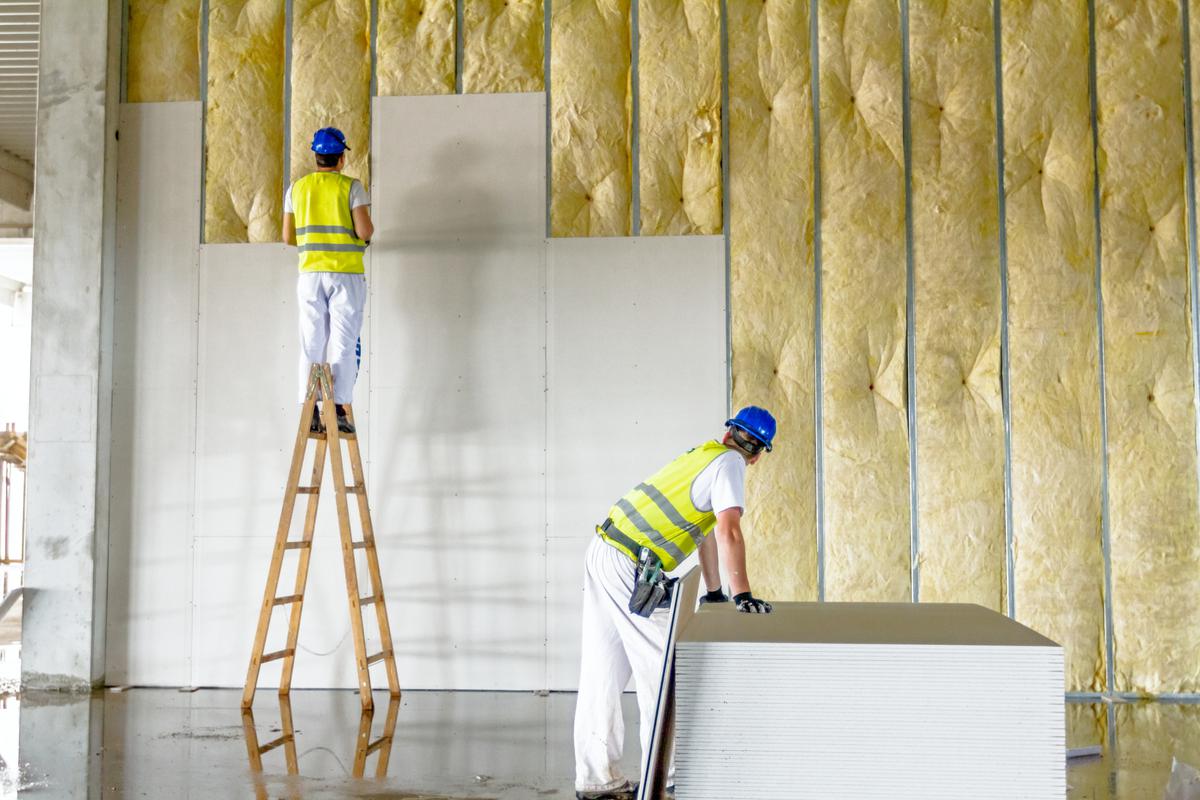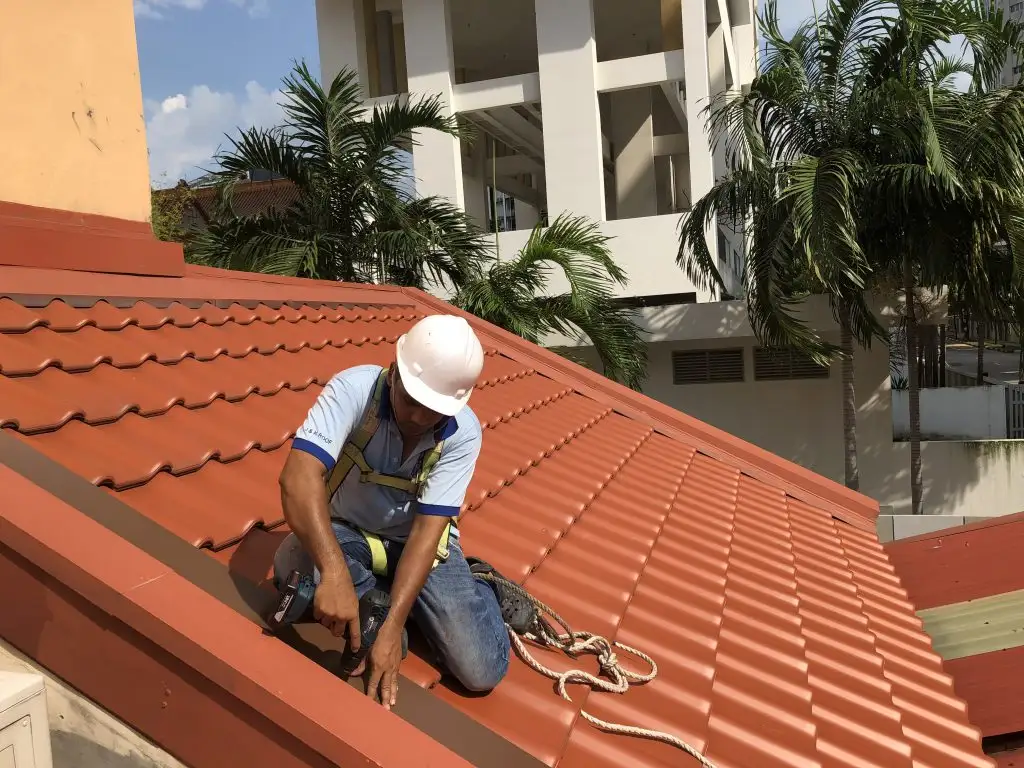Plumbing That’s Out Of This World

Plumbing in space is a vastly different thing to plumbing on Planet Earth. Just ask these North Shore plumbers who recently did some extra-curricular research on their favourite topic. It seems that people passionately devoted to the trade of plumbing are naturally curious about their chosen field, no matter where it takes place, and so they took a closer look at plumbing on the International Space Station (ISS).
Apparently, the most asked question of any astronaut is: “How do you go to the toilet in space?”. So, the earthbound team of plumbers focused on toilet-related matters on the ISS and found one very interesting thing: astronauts, who are widely regarded as the world’s brightest and most capable men and women, have to go back to their childhood and undertake toilet training before embarking on a mission. Learning to use the toilet properly is actually an ingrained part of their training, and NASA even uses cameras to ensure the astronauts position themselves properly when using the lavatory device onboard the ISS. Without gravity, that positioning is very important. So is the process of strapping themselves to the toilet so they don’t float away at the most inopportune time.
Toilets in space don’t come cheap. There are two of them on the International Space Station and they are priced at about $25 million each. Obviously, they are more complex than the more earthly ones we are used to. An intricate assembly of pumps and suction devices directs body waste to all the right places. Without that suction, body waste (including liquid waste) will float around the cabin of spacecraft, and even a cool, calm and collected astronaut might get a little perturbed if that happened. Solid waste is vacuum-dried, bagged and stored until it can be disposed of.
Urine, on the other hand, is sucked away in a tube to a mini-treatment station where it will be filtered and recycled as drinking water. That might be a slightly unsavoury thing for you to think about, but drinking water in space is a rare commodity. As such, the International Space Station recycles pretty much any liquid generated onboard; it costs around $500 million to get drinking water to the station, so to reduce costs, the ISS also recycles sweat, breath vapours, air conditioner condensation, as well as urine. The next time you fill a glass of water from the tap over the kitchen sink, you might want to consider yourself a little lucky.
All astronauts are trained to repair the plumbing systems on the ISS, and while they might not be as adept as these guys, they would appreciate the importance of doing the job properly. Replacing plumbing fixtures in space is not exactly the easiest thing to do.





